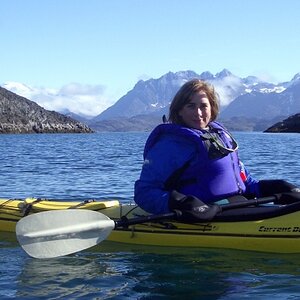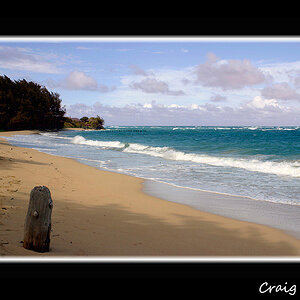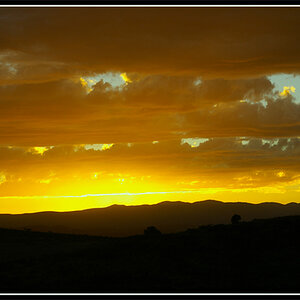mikoh4792
TPF Noob!
- Joined
- Dec 30, 2013
- Messages
- 163
- Reaction score
- 10
- Can others edit my Photos
- Photos OK to edit
Between lenses like the nikkor 18-105, 18-55, 18-300, 70-300....etc, why are some better than others in terms of image quality? For example I've been surfing the web and I hear that the 70-300mm is better than the 55-200mm.. but is there a reason why? Is it not the same glass, just different focal range?
In that case, excluding the wide aperature lenses(2.8) and the more expensive zooms, which zooms are the best for Nikon cameras?(ie. 70-300? 18-105?)
In that case, excluding the wide aperature lenses(2.8) and the more expensive zooms, which zooms are the best for Nikon cameras?(ie. 70-300? 18-105?)



![[No title]](/data/xfmg/thumbnail/37/37606-3c9ffb5906173fa2aa489341967e1468.jpg?1619738148)






![[No title]](/data/xfmg/thumbnail/37/37603-739c5d9b541a083a12f2f30e45ca2b7b.jpg?1619738147)


